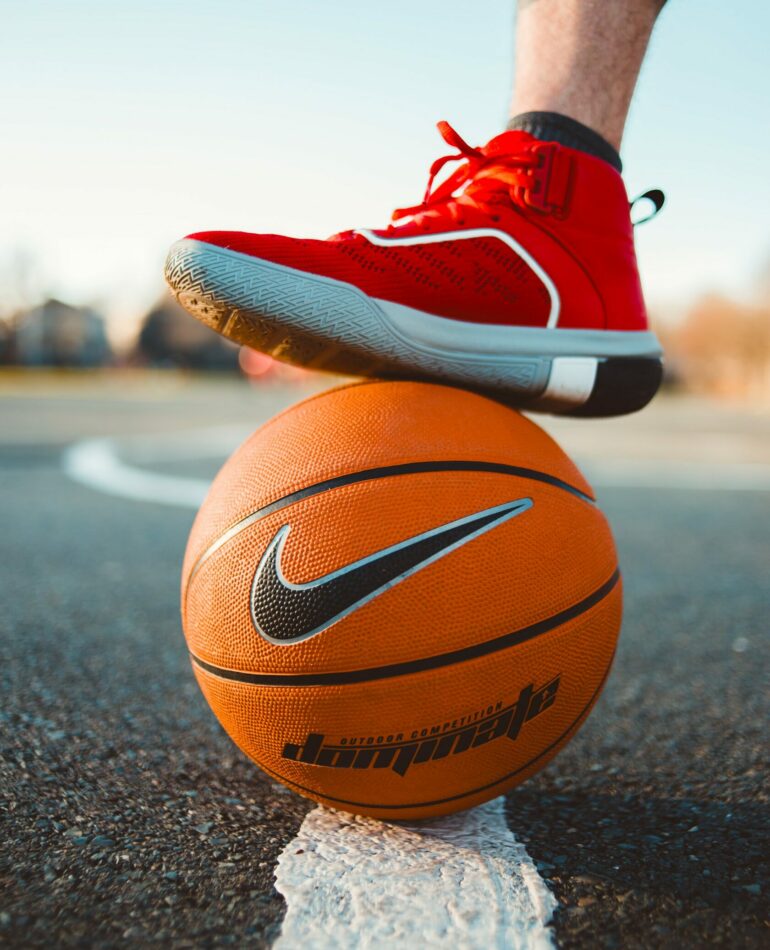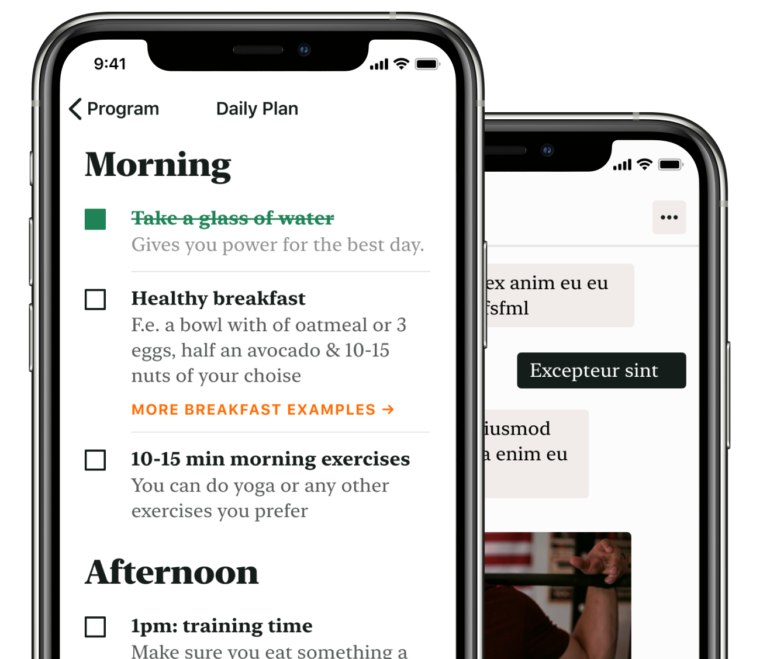Cardio and fat burning were some of the most talked-about topics in the fitness industry.
What the beginners in losing weight and burning fat really want to hear is:
Is cardio really needed for fat burning?
Which kind of cardio would help you lose the most weight?
HIIT (high-intensity Interval training) or LISS (low-intensity steady-state cardio)?
The positive news is that these questions can be answered by some fairly straightforward analysis.
Let’s start with a definition of cardio and what the various forms do for the body, continue reading to learn more about cardio for fat burning.
Cardio For Fat Burning : Training: Aerobic vs. Anaerobic
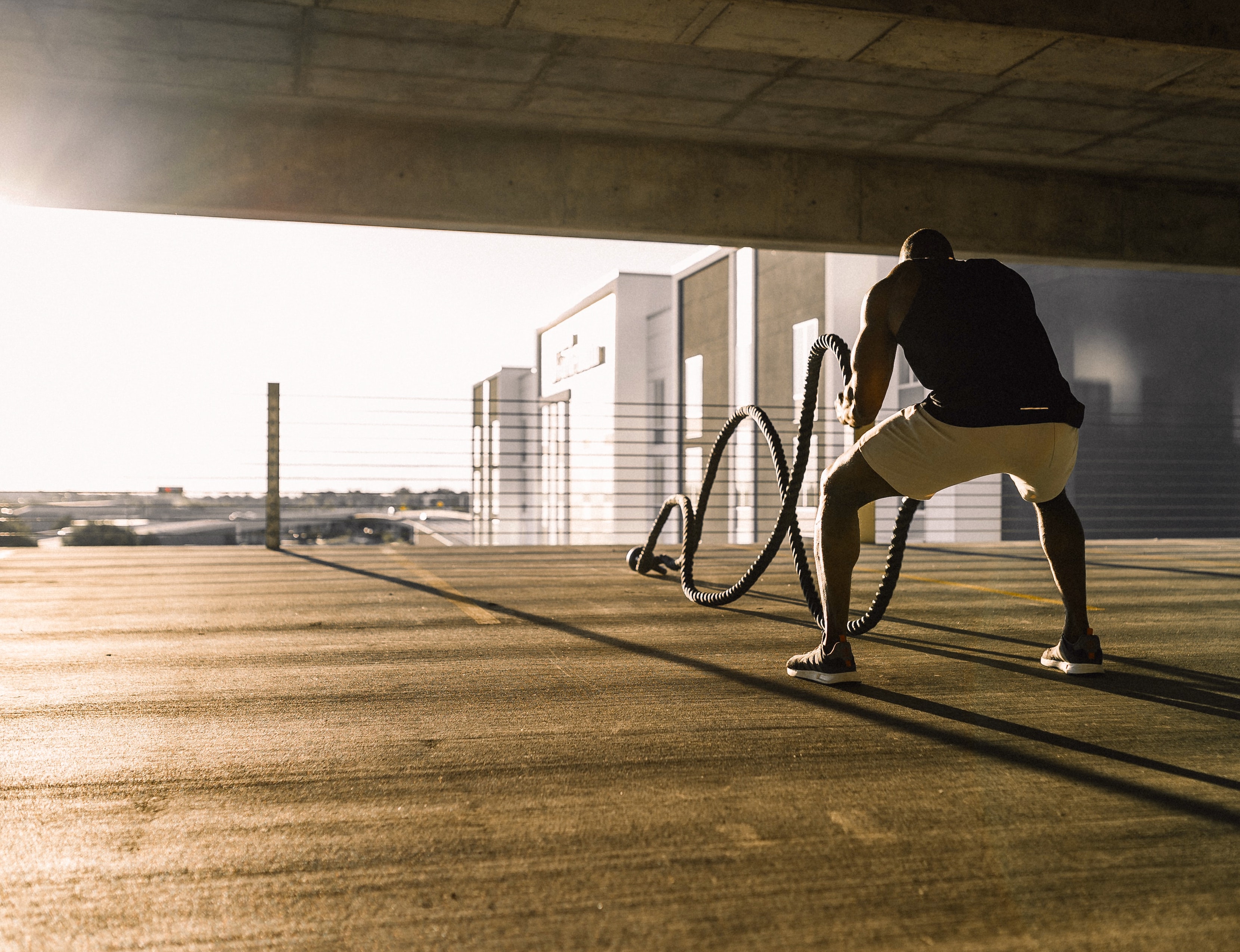
Anaerobic exercise and aerobic exercise are two types of physical activity. You need to know what these words mean scientifically and literally to understand how our bodies lose weight through training :
- Aerobic exercise. The availability of oxygen is needed for aerobic training. It’s a form of exercise that focuses on type I muscle fibers. This improves muscle stamina and capillary size, as well as the heart muscle’s ability to pump blood more effectively. Lower-intensity jogging, walking, or biking is an example of aerobic exercise performed at a speed you can maintain for a prolonged period of time; consider 50 to 70% of VO2max at 120–150 beats per minute.
- Anaerobic activity is a form of aerobic activity that occurs in the absence of oxygen. This is the polar opposite of aerobic exercise. Exercise that does not involve the presence of oxygen is known as anaerobic preparation. It stimulates type II muscle fibers, resulting in increased muscle size and strength. Anaerobic exercise includes sprinting before you’re out of breath or strength training using heavy weights. When you do anaerobic exercise at 90 percent to well over 100 percent of the VO2 max, oxygen builds up, lactic acid builds up, and you start to experience the pain. You can’t maintain this level of operation for as long as you can with aerobic exercise.
HIIT, or High-Intensity Interval Training, is anaerobic, while LISS, or Low-Intensity Steady State cardio, is aerobic. Why do cardio in the first place, before we tackle the question of which is better?
Important Question #1:
Is Cardio Really Essential for fat burning?
No, is the simple response. To lose weight, you don’t need to do aerobic exercises. You will lose weight by limiting calorie consumption, doing strength exercises, or doing both.
Taking in fewer calories than you expend is the most important factor in losing body fat. Cardio will help you burn more calories, but it is not needed.
The simple approach to fat reduction is to limit your caloric consumption. You will burn and lose more weight if you eat fewer calories. What about strength exercise, though? How does this relate to fat burning?
Since it develops strength, resistance exercise is one of the easiest ways to get lean. When you gain weight, the standing energy consumption (the number of calories you burn while sitting still) increases.
Even at rest, muscle tissue takes more calories than fat tissue to survive. You burn more calories a day if you have more body mass.
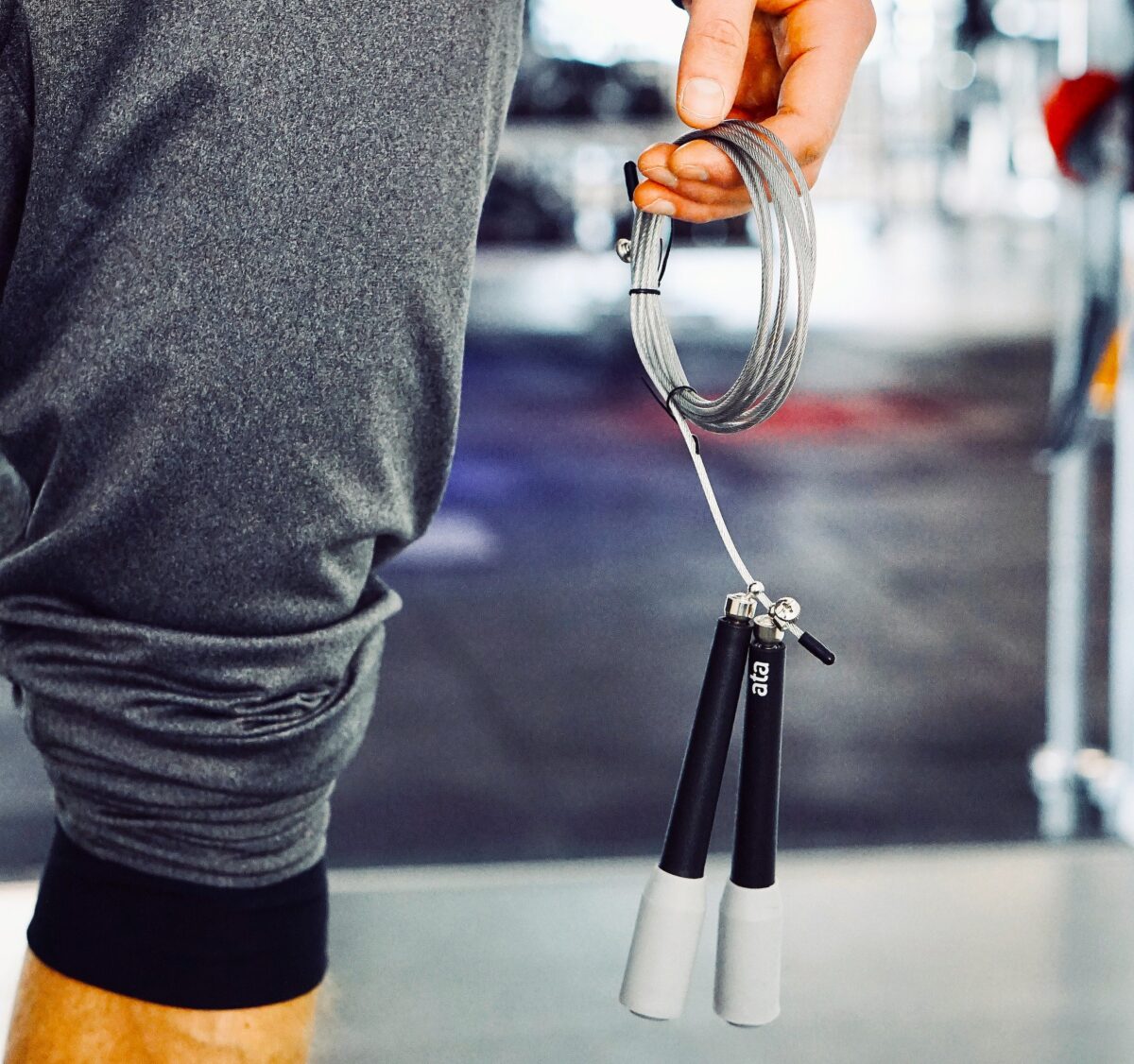
Important Question #2:
Which kind of cardio helps you lose the most weight?
Cardio isn’t mandatory for weight loss, but that doesn’t mean you shouldn’t do it. Cardio has a number of other advantages, especially in terms of fitness, and it can help you maintain a calorie deficit. So, is aerobic LISS or anaerobic HIIT better?
A common misconception about exercise and fat loss is that a healthy, long, low-intensity workout done on an empty stomach would result in the fattest loss. Many people’s everyday routine of choice is a fast, steady run first thing in the morning.
However, with evidence to back it up, people’s minds are shifting. In comparison to LISS preparation, recent literature suggests that HIIT is a more effective way to lose weight. When compared to LISS exercises, lower intensity aerobic cardio contributes to less fat loss and can also inhibit muscle development.
One research showed that after six weeks of interval training, fat oxidation (the use of fat molecules for energy) was considerably higher.
Carbohydrate oxidation, or the use of sugar as a source of energy, was reduced. In other words, HIIT led the body to seek calories from fat sources, resulting in greater fat loss.
In another report, researchers compared people who did LISS for several weeks to people who did HIIT for the same amount of time. The HIIT party lost up to nine times the amount of fat as the LISS group.
One explanation for the increased weight loss with HIIT may be that this form of exercise increases EPOC or excess post-exercise oxygen intake.
You manage to oxidize fat long after a HIIT workout than after a LISS workout.
Researchers have also discovered that HIIT exercises can boost growth hormone levels in the body, which could help with weight loss.
The Secret to Weight Loss Running
It is always easier to shed the first few pounds when it comes to fat burning. After that, you’re likely to find a snag. The first step toward reaching your target weight is accepting that you won’t achieve it in a matter of weeks. Choosing a safe and reliable method for pursuing the process is one of the most crucial steps in it.
Chris Hinshaw, endurance coach “The greatest error is rushing for instant gratification.” “Many people believe that working out at a greater level is the quickest way to lose weight. Injuries and low motivation are the results of this technique, which cannot be used long-term.
running at an easy-to-moderate pace if you’re only getting started with running to fat burning. As a result, your cardio-respiratory health will be improved, as well as your bones, ligaments, and tendons will not be damaged as effectively. The best thing you can do is to work with an instructor or trainer to figure out what works for you. Stay with your new routine for a couple of weeks before you switch it up if you’re not seeing results.
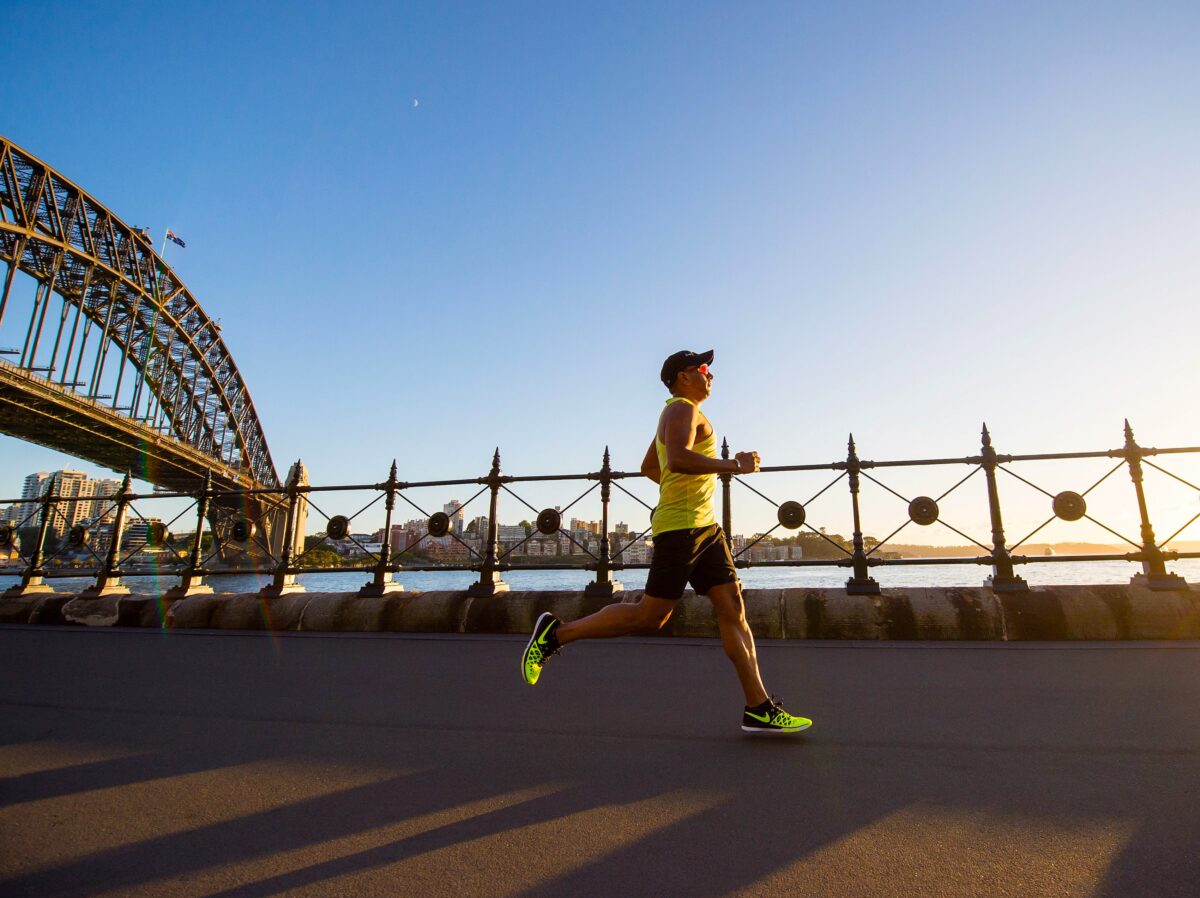
“Stress and high cortisol levels may prevent some people from fat burning by causing them to feel more stressed and increase cortisol levels.,”.
“When your metabolism is poor, you usually eat more foods for fat-burning. “People lose weight at different rates.”
What to Do in the Event of a Plateau
It has been said that we reach a plateau when we are used to doing the same things over and over again. As a result, the body ceases to change and the muscles are no longer needed to conform to the routine. Running long distances conventionally is not the right cardio for those who are looking to lose weight because of this problem. Generally, running will not be sufficient; the key is to approach it right.
Running workouts and training plans must provide several techniques to allow quality improvement.” “For example, once the body has accustomed to the stimuli, doing the same 30-minute treadmill exercise will ultimately have little benefit. You should know that your body can respond to a training stimulus over time (as long as you eat well and get enough sleep).
You can change your routine when running for weight loss much the same way you would if you were training for an entirely new environment or terrain. If you’ve established a good foundation of fitness, adding intervals, uphill walking, strength-training bursts, and even high-intensity interval training (HIIT). You won’t get the long-term results you want by running the same distance at the same pace every day; you will get them by practicing speed and intervals.
Two Exercises to Try
Runners can combine two styles of run routines, As your cardiovascular health improves, the strength of these exercises will increase, but they will help you get the most out of your exercise.
- Run at a low pace (55–70% of maximum heart rate): At this pace, the body is more effective at burning fat. Moving at a low pace (as opposed to high intensity) burns about 20% more fat in a 30-minute exercise.
- Run at a heavy to fast speed (70–90% above maximum heart rate): This consumes more calories overall. Moving at a high pace (as opposed to low intensity) consumes about 30% more calories in a 30-minute session. Excess oxygen consumption after strenuous exercises results in a metabolic gain lasting for hours after the workout, even though strenuous exercises cause oxygen debt.
In order to complete these races, the value of post-workout nutrition. Carbohydrates (often the first thing you are restricted to during a diet) should not be overlooked when trying to lose weight. After a race, muscles require servings of carbohydrates (40–50 grams) in order to replenish their glycogen stores.
The Last Term…
Both forms of exercise, including all types of aerobic, have their time and place. Both aerobic and anaerobic exercise has many advantages. For the time being, the conclusive answer is that HIIT is the only way to burn fat.
So, if your primary target is to lose weight, concentrate on HIIT but don’t neglect other forms of exercise. Even, keep in mind that if you are a beginner, HIIT might not be the best teaching tool for you right away. you can need some time to build up your fitness to the point that you are comfortable doing interval workouts. Resistance exercise increases resting energy consumption and muscle mass.
Increased heart muscle density, improved mitochondrial waste disposal, increased use of fat as a fuel instead of sugar, and increased fat oxidation are all advantages of LISS preparation. While LISS does not burn as much fat as HIIT, it is effective and offers health benefits as well as some variety.
You will help prepare an exercise regimen for yourself and your customers now that you have the answers to the most pressing questions about cardio exercises and weight reduction.
There are many reasons why runners participate in the event. No excuse is better than another for lacing up your sneakers and going out the door, whether it’s to get fit, see the city in a different way, or lose weight. If you want to lose weight, you should find an exercise that suits your goals and keep your heart rate elevated. The best cardio for fat burning is running, but many people question this claim. There are more factors involved than simply answering “yes” or “no,” experts say.
“ According to conventional wisdom, “Either ride your cycle or drive your car” is your best option.”. The best cardio for fat burning, according to science, is any type of activity that increases heart rate and that can be modified (by speed, degree, or duration). We make some basic mistakes when running for weight loss that keeps us from losing weight though the solution isn’t as simple as it seems. so that is all you need to hear about getting the best out of your aerobic workouts and running your way to your desired weight.
